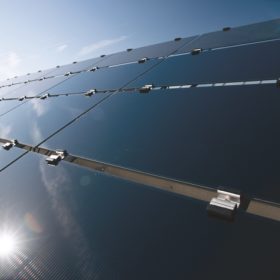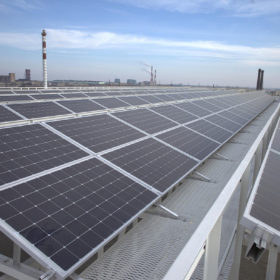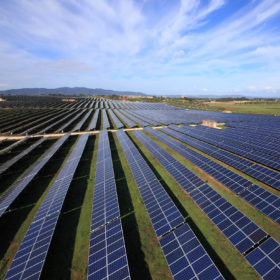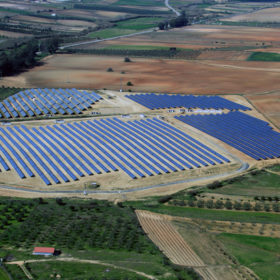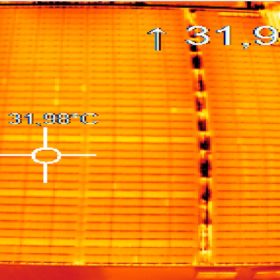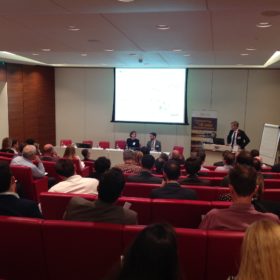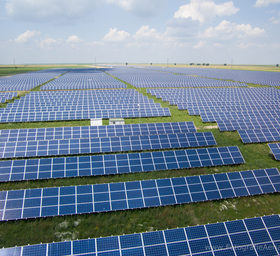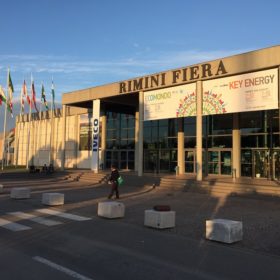First Solar bags 20 MW order from the Netherlands
The modules will be used by Danish investment firm Obton for two PV projects in Stadskanaal, in the northeast of the Netherlands.
Hevel to raise capacity of heterojunction fab by 90 MW
The expansion plan also aims to increase the average module power up to over 400 W. The factory, located in Novocheboksarsk, produces 72-cells HJT standard and bifacial modules.
Italy’s new 2020-2030 energy strategy sees PV increase power production by around 40 TWh
The Italian government has planned to phase out coal power production by 2025, and has set a 2030 renewable energy target of 27%.
Netherlands accepts applications for 3.2 GW of solar in second round of 2017 SDE+ program
Solar was also the prevailing source in the “autumn round” of the 2017 SDE+ program for large-scale renewable energy projects, accounting for 60.7% of all preassigned capacity. Overall, 5,456 PV projects proposals, totaling 3,221 MW, were submitted.
EU approves Spain’s incentive scheme for renewables
The scheme has been in place since 2014 and includes new projects as well as renewable energy power projects benefitting from previous support.
Azores to host its first MW-sized PV plant
The solar project Central Fotovoltaica do Corvo will be built by EDA, the Portuguese archipelago’s power utility, and will be used to reduce the island of Corvo’s reliance on fossil fuels.
What happens when… several module strings fail?
Series troubleshooting: If several module strings fail completely, the result is usually high yield losses. But to identify the strings and correct the failure can sometimes be a challenge. In this series with realistic cases, pv magazine aims to make the estimation of troubleshooting efforts more concrete and to stimulate a discussion on today’s troubleshooting efficiency.
UK energy storage: all eyes set to co-location with solar plants
An energy storage event organised by the UK’s Solar Trade Association this week in London showcased the potential for energy storage development in the country. However, what the solar industry is currently targeting most eagerly is co-locating photovoltaics with batteries.
REC Group sees strongest third quarter ever
Norway headquartered REC Group has become the latest solar manufacturer to post increased module shipments for the third quarter of 2017, as global demand continues to be buoyed by massive installations in China and a rush for U.S. projects to procure modules.
Four key takeaways on Italian PV from Key Solar event
While expecting the announcement of a new energy strategy that could envisage more than 30 GW of additional solar between 2020-2030, the Italian solar sector discussed how to deal with current market conditions and facing the future with optimism at Key Solar, a brand new solar event.
